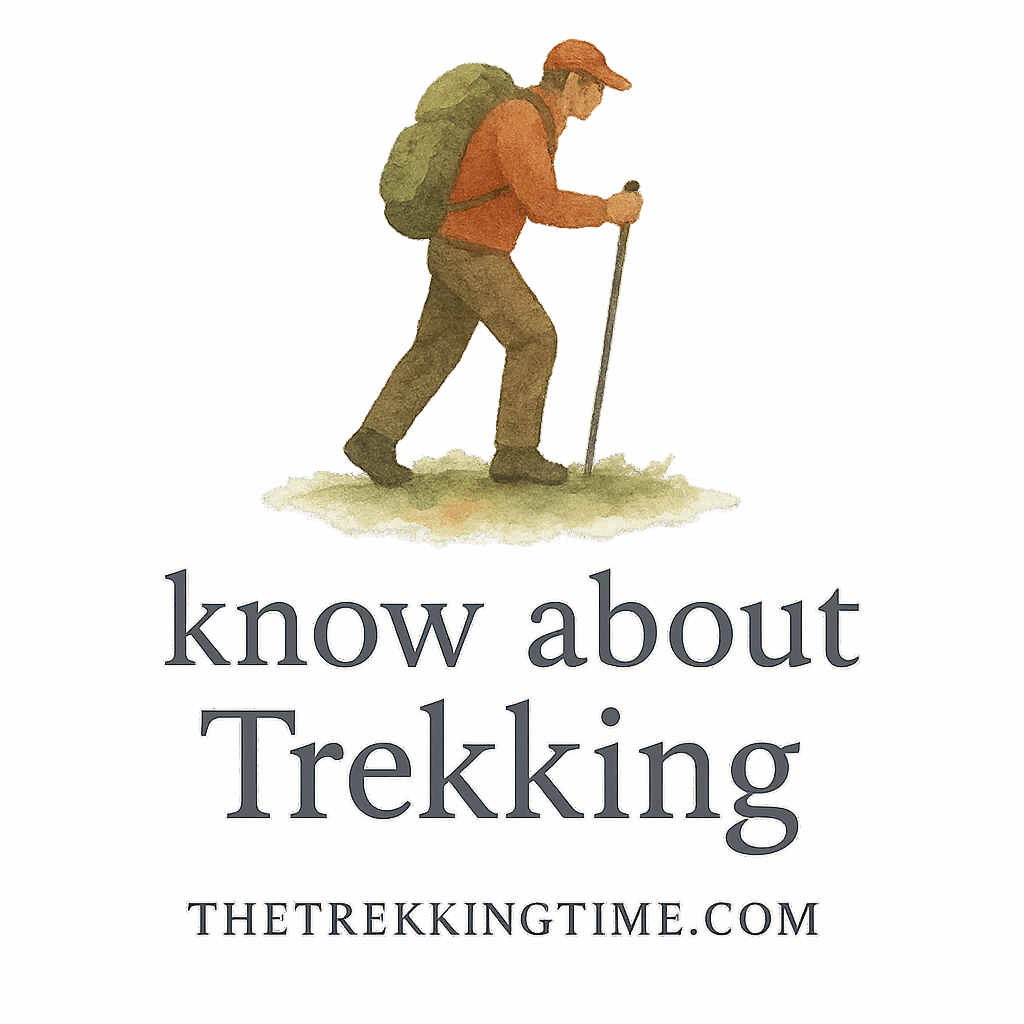Introduction
Trekking is a beautiful mix of nature, adventure, and challenge. But let’s be honest—it’s not all mountain views and zen moments. If you’ve ever limped your way through a hike with a sore ankle or blister, you know trekking injuries can seriously ruin the vibe.
Whether you’re trekking through the Himalayas or exploring your local trail, knowing how to avoid injuries is crucial. In this guide, we’ll dive deep into the 5 most common trekking injuries and how to prevent them. Let’s gear up smart and stay injury-free out there!
Why Injury Prevention Matters on the Trail
Getting hurt mid-hike isn’t just painful—it can turn dangerous fast. Out on remote trekking routes, medical help isn’t always around the corner. Preventing injuries keeps you moving confidently and ensures that your trek is more about discovery than discomfort.
We’re not just talking about bumps and bruises here. Serious injuries can sideline you for weeks, or worse, put you in risky situations in the wild. So let’s break down what you need to watch out for.
1. Ankle Sprains
What Causes Ankle Sprains During Trekking
Uneven ground, hidden roots, slippery rocks—trails are basically obstacle courses for your ankles. One wrong step and boom—your foot rolls, and you’re dealing with a sprain. It’s one of the most common trekking injuries and often happens when fatigue sets in or you’re descending too quickly.
How to Prevent Ankle Sprains
- Wear high-ankle supportive boots like those recommended in our gear guide.
- Warm up before your trek—light stretching and ankle rolls go a long way.
- Use trekking poles for balance, especially on rocky or steep trails.
- Watch your footing and avoid rushing—remember, it’s a trek, not a race!
2. Knee Pain and Strain
The Downhill Dilemma: Why Knees Suffer Most
Ever notice how going downhill hurts more than going up? That’s your knees screaming from the added pressure. With every step down, your knees act like shock absorbers—especially brutal if you’re carrying a heavy pack.
Prevention and Support Techniques
- Use trekking poles to reduce knee impact.
- Strengthen your quads and glutes with exercises before your trek. Try routines from our fitness prep guide.
- Wear a light knee brace or compression sleeve if you have pre-existing conditions.
- Step lightly—don’t stomp!
3. Blisters and Foot Sores
The Blister Breakdown: Why They Happen
Blisters are tiny but mighty when it comes to ruining a trek. They’re caused by friction—usually from poorly fitted boots or wet socks. Once they form, even short distances feel like torture.
Preventing and Treating Blisters Like a Pro
- Break in your boots before the big hike.
- Wear moisture-wicking socks, and bring extra pairs in your pack.
- Use blister tape or moleskin on hot spots before they turn nasty.
- Check out our full gear and packing tips for blister-proof essentials.

4. Lower Back Pain
Causes: Posture, Packs, and Prolonged Walking
Carrying a heavy pack without proper support? Recipe for disaster. Poor posture and uneven weight distribution wreak havoc on your lower back.
Strategies to Avoid Lower Back Injuries
- Use a well-fitted backpack with hip and chest straps.
- Adjust straps to keep the weight close to your back.
- Strengthen your core muscles before the trip with exercises from the fitness tag.
- Take regular breaks and stretch out your back mid-hike.
5. Dehydration and Heat Exhaustion
The Silent Trekking Threat
It creeps up quietly. You’re too focused on the trail to notice your dry mouth, then your head throbs, then you’re dizzy. Dehydration and heat exhaustion are real threats, especially on exposed or high-altitude hikes.
Staying Hydrated and Energized on the Trail
- Drink water frequently, not just when you’re thirsty.
- Add electrolyte tabs to your water if it’s a long hike.
- Snack regularly to maintain energy levels—think trail mix, not candy bars.
- Check out safety tips for smart hydration habits.
Bonus Tips for Trekking Safety and Injury-Free Adventures
Choose the Right Trekking Gear
Your gear is your lifeline. From boots to hydration packs, every item matters. Head over to trekking gear essentials to build a setup that works with you, not against you.
Learn Proper Trekking Techniques
Want to trek longer and stronger? Brush up on trekking basics and trail etiquette. Small changes in your stride or pace can save your joints.
Build Trekking Fitness Gradually
Your body needs time to adapt. Follow a plan that strengthens your muscles, builds stamina, and prevents burnout. Start with our fitness prep page.
Trekking Injury Recovery: When Accidents Happen
Sometimes, despite your best efforts, injuries happen. If they do:
- Rest and recover—don’t push through pain.
- Use ice, elevation, and compression for swelling.
- See a doctor if you suspect anything serious like a fracture.
- Bookmark our health tag for recovery tips and wellness articles.
Final Thoughts: Trek Smarter, Not Harder
Nature is awesome—but it doesn’t cut you any slack. Staying injury-free on the trail isn’t about luck—it’s about smart planning and body awareness. Whether you’re hiking for mental health, outdoor performance, or pure love of the outdoors, prevention is always better than cure.
Conclusion
Trekking should be a fulfilling, exhilarating journey—not a painful one. By knowing the common trekking injuries and how to prevent them, you’re setting yourself up for a smoother, safer adventure. Equip yourself with knowledge, pack smart, listen to your body, and don’t forget—enjoy the view! Your next trail awaits.
Explore more tips and trail wisdom at The Trekking Time.
FAQs
1. What should I do if I sprain my ankle during a trek?
Stop immediately, rest, and apply ice if available. Wrap it with a bandage and elevate it. Avoid walking further if it’s painful or swollen.
2. Are trekking poles really helpful in preventing injuries?
Absolutely! They help with balance, reduce strain on knees, and give extra stability—especially on tricky terrain.
3. How can I prepare physically before a multi-day trek?
Start a fitness routine focused on leg strength, endurance, and core stability. Follow our fitness preparation guide to get started.
4. What are the best socks to prevent blisters?
Look for moisture-wicking, seamless socks made for hiking. Merino wool blends are a popular and reliable choice.
5. How often should I take breaks during a long hike?
Aim for a short break every 45–60 minutes to hydrate, snack, and stretch. Listen to your body—it’ll let you know!
6. Can mental fatigue increase the risk of injury?
Definitely. Tired minds lead to poor decisions and slower reactions. That’s why mental wellness is key in trekking.
7. Are there special tips for trekking in the mountains?
Yes! Acclimate properly, pack for changing weather, and take your time. Visit our mountains tag for high-altitude insights.


